
After winning the first two Formula 1 World Championships in 1950 and 1951, Alfa Romeo officially withdrew from motor racing to concentrate on a new line of road cars. Although these cars were not as glamorous as the pre-War Alfas, they were still clearly inspired by the designs of old. At the end of the decade work was started on a new racer, built around the road cars’ 1.6 litre four cylinder engine. This slow process eventually resulted in the TZ1 model, launched in 1963; it featured a new tubular chassis and an aerodynamic body designed by Zagato.
To construct the new GT racer, Alfa Romeo created a new competition department and dubbed it Autodelta. Two years later the highly successful Giula 1600 GTA was constructed specifically for Touring car racing, which the GTA dominated the following years. In the mean time Alfa Romeo and Autodelta worked on a completely new competition car that was intended to restore Alfa’s old reputation. Code named ‘105.33’; the new car was designed by Alfa’s experimental department and then sent to Autodelta in 1965 to be further developed.
Alfa Romeo Tipo 33 – When Autodelta received the first prototype, it was powered by a TZ2 derived four cylinder engine. The engine was installed behind driver’s compartment, complying with the latest racing design trends. A completely new V8, displacing just under 2 liters, was designed by Autodelta and mated to a Colotti 6-speed gearbox.
The Tipo 33 debuted March 1967 at the Belgian hillclimbing event at Fléron, with Teodoro Zeccoli winning. The first version was named as “periscopa” because it had very characteristic air inlet. It was powered by a 1995 cc V8 of 270 hp, with a large-diameter tube frame. The original T33 proved unreliable and uncompetitive in the World Sportscar Championship, its best result a 5th at the Nürburgring 1000, co-driven by Zeccoli and Roberto Bussinello.
Alfa Romeo Tipo 33/2 – In 1968, Autodelta created an evolution model called 33/2. A road version, dubbed Alfa Romeo 33 Stradale, was also introduced. At the 24 Hours of Daytona, the Porsche 907 with 2.2L engines were dominating the overall race, but Alfa took the 2-litre class win, with Udo Schütz and Vaccarella, after that the car was named as “Daytona.” Win was repeated at the Targa Florio, where Nanni Galli and Ignazio Giunti also took second place overall, followed by teammates Lucien Bianchi and Mario Casoni. Galli and Giunti then won the class at the Nürburgring 1000km, where the 2.5L version finished for the first time, 4th place in the 3.0L class with Schütz and Bianchi. However, in most races, the Alfa drivers were outclassed by their Porsche rivals which used bigger engines. In 1968, the car was used mainly by privateers, winning its class in the 1000km Monza, Targa Florio and Nürburgring races. At the end of season 1968 Alfa Romeo finished third in the manufacturers championship.
Alfa Romeo Tipo 33/3 – In 1969 at the 12 Hours of Sebring, the Alfa Romeo 33/3 made its debut. The engine was enlarged to 2998 cc with 400 hp, which put the 33/3 in the same class as the Porsche 908 and the Ferrari 312P. The chassis was now a monocoque. The Sebring race was very bad for the new car and Alfa did not take part in Le Mans because Bianchi died tragically in a crash during a practicing session. The car took a couple of wins in smaller competitions but overall the 1969 season was not good, and the team was again third in the championship.
After a dismal 1969, in 1970, the bigger 5.0L Porsche 917 and Ferrari 512 dominated, yet Toine Hezemans and Masten Gregory took third overall at Sebring, and Andrea De Adamich and Henri Pescarolo won their class in the 1000km Zeltweg, finishing second overall. Also in 1970, an Alfa T 33/3 was one of the “actors” of Steve McQueen’s movie Le Mans, released in 1971.
In 1971, the Alfa Romeo racing effort was finally successful. Rolf Stommelen and Nanni Galli won their class at the 1000km Buenos Aires (followed by De Adamich and Pescarolo), before taking another class win (and second overall) at Sebring. De Adamich and Pescarolo later won outright at the 1000km Brands Hatch, a significant against the “invincible” 917s. They were then taking a class win at Monza (where Alfa Romeo took the three podium slots in the prototype class) and another one at Spa. At the Targa Florio, Vaccarella and Hezemans won outright, followed by teammates De Adamich and Gijs Van Lennep. Hezemans and Vaccarella won their class at Zeltweg, and De Adamich and Ronnie Peterson won overall at Watkins Glen. Season 1971 Alfa Romeo finished with second place in the championship.
Alfa Romeo Tipo 33 TT 12 – 1973 was introduced 33 TT 12 (Telaio Tubolare, tubular chassis) which had Carlo Chiti-designed 12 cylinder 3.0L flat engine (500 bhp). Season 1973 was more or less development time and in 1974 the car took win at Monza 1000 km and finished the season with second place in the championship. It wasn’t until 1975 when after years of trying Alfa Romeo won sport cars world championship. The season was almost total domination, seven wins in eight races. Winning drivers were: Arturo Merzario, Vittorio Brambilla, Jacques Laffite, Henri Pescarolo, Derek Bell and Jochen Mass. For 1976 Autodelta was concentrating other things and the car was rarely used in competitions.
Alfa Romeo Tipo 33 SC12 – As a successor of the 33TT12 1976 appeared the 33SC12, SC referring for SCatolato a boxed chassis. 3.0 L flat-12 engine had now 520 bhp. With this car Alfa Romeo won again the sports car world championship in 1977. The SC12 won every race on that season, winning drivers were: Arturo Merzario, Jean-Pierre Jarier and Vittorio Brambilla. On the Salzburg ring the car reached an average speed of 203.82 km/h (126.6 mph), on that same race was also tested 2134 cc turbocharged SC12 producing 640 bhp, Arturo Merzario finished second with that car. The SC12 Turbo was Alfa’s first twin turbocharged V12-engine and it was introduced around same time as Renault’s Formula One turbo engine. In Alfa Romeo engine both engine rows were fed with own turbocharger, that feature was followed by many racecar makers in the following years. Engine was later used on Brabham-Alfa BT 45, BT46 and Alfa Romeo 177 F1 cars.
[Source: Wikipedia]


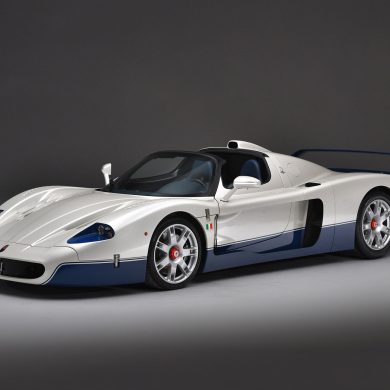
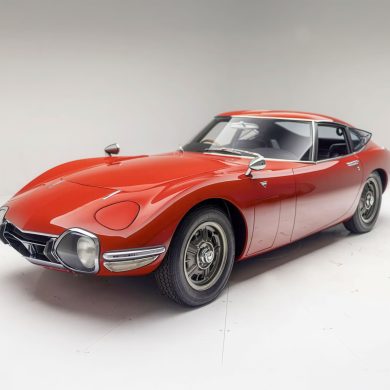
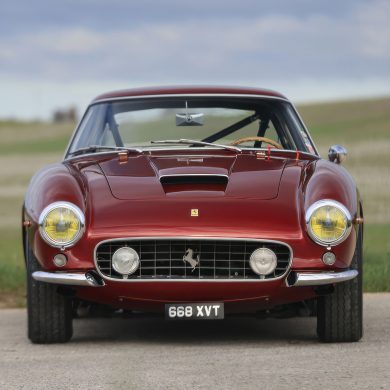
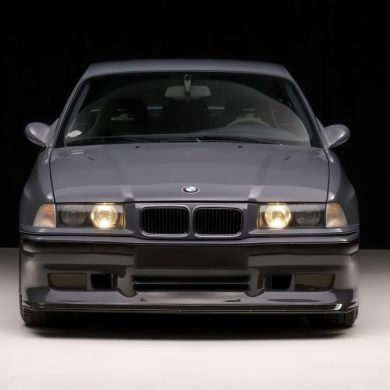

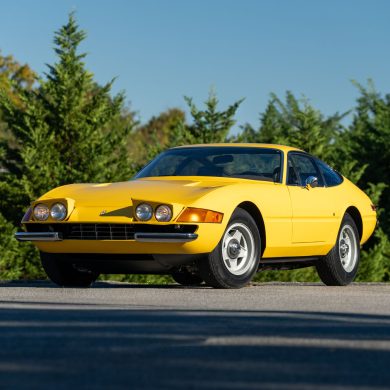


Quote from above…
“1973 was introduced 33 TT 12 (Telaio Tubolare, tubular chassis…. ”
Aside….at the time, the press even dubbed it “Typo Tadesco” ( spelling?)…. or “German-type”, perhaps in reference to the flat-12 build architecture of Porsche’s 917 or the Alfa’s evolving profile along the lines of a 908/3.
Colotti never made the gearbox for the 33/2; it was an in house Autodelta built transmission